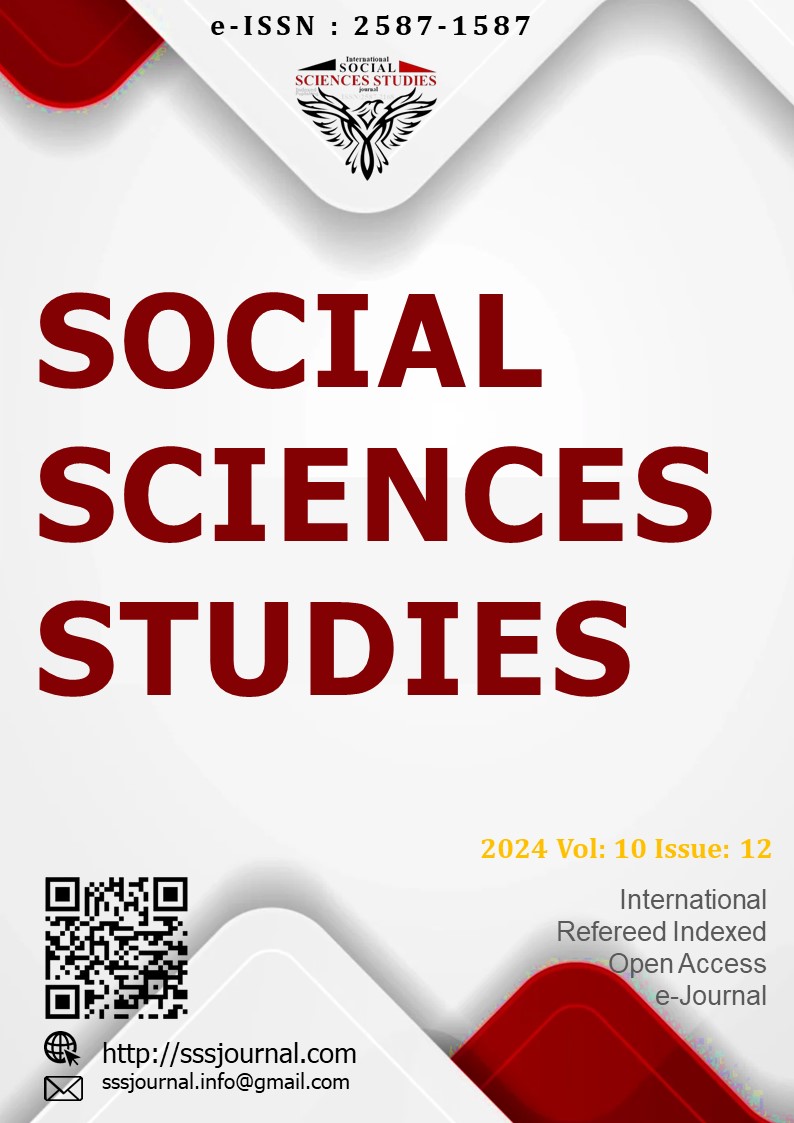Terapi ve Rehabilitasyon Bölümü Öğrencilerinde Anatomi Dersine Yönelik Öz-Yeterlik Algısı ve Tutumların Gelişiminde Spiral Öğrenme Modelinin Etkisi
Author :
Abstract
Giriş: Anatomi dersi, sağlık bilimleri eğitiminde temel bir yer tutar ancak zorlukları nedeniyle öğrencilerin derse yönelik tutumları ve öz-yeterlik algıları üzerinde olumsuz etkiler yaratabilir. Spiral öğrenme modeli, bilgilerin kademeli olarak tekrar edilmesini sağlayarak öğrenme sürecine derinlik katmayı amaçlar. Bu araştırma, spiral öğrenme modeli ile verilen eğitimin anatomi dersine yönelik öğrencilerin anatomi dersine yönelik öz-yeterlik algıları ve tutumları üzerindeki etkisini incelemektedir.
Yöntem: Araştırma, Bartın Üniversitesi Sağlık Hizmetleri Meslek Yüksekokulu’nda 110 öğrenci üzerinde gerçekleştirilmiştir. Araştırma tasarımı, tek gruplu ön test-son test tasarımına dayanan yarı deneysel çalışmadır. Eğitim süreci 14 hafta boyunca teorik dersler, uygulamalar ve quizlerle desteklenen spiral öğrenme modeline dayanmaktadır. Veri toplama araçları arasında Katılımcı Bilgi Formu, İnsan Anatomisi Dersine Yönelik Öz-Yeterlik Algısı Ölçeği ve Anatomi Dersine İlişkin Tutum Ölçeği yer almıştır. Veriler, SPSS 25.0 programı ile analiz edilmiştir.
Bulgular: Araştırma bulguları, öğrencilerin anatomi dersine yönelik tutumları ve öz-yeterlik algılarında eğitim sonrasında olumlu değişiklikler olduğunu göstermektedir. Eğitim öncesi, öğrencilerin çoğu orta düzeyde tutuma sahipken, eğitim sonrası düşük düzeyde tutum gösteren öğrenci sayısı sıfırlanmış, orta ve yüksek düzeyde tutum gösterenlerin oranı artmıştır. Öz-yeterlik algısında da düşük düzeyde algıya sahip öğrencilerin oranı azalırken, orta ve yüksek düzeyde öz-yeterlik algısı gösterenlerin oranı artmıştır.
Tartışma: Sonuçlar, spiral öğrenme modelinin öğrencilerin anatomi dersine yönelik tutumlarını ve öz-yeterlik algılarını olumlu yönde etkilediğini göstermektedir. Eğitim sürecinde yapılan yapısal iyileştirmeler, öğrencilerin akademik başarılarına katkı sağlamakta ve öğrenmeye olan güvenlerini artırmaktadır. Bu bulgular, aktif öğrenme ve yapılandırıcı yöntemlerin akademik başarıyı artırıcı etkilerini doğrulamaktadır.
Sonuç: Bu araştırma, spiral öğrenme modelinin anatomi eğitimindeki etkisini ortaya koyarak, sağlık eğitimi alanındaki etkinliğini vurgulamaktadır. Bu modelin kullanılması, öğrencilerin anatomi dersine karşı öz-yeterlik algılarının artırılmasına ve dersin öğrenilmesinin daha kalıcı hale gelmesine katkı sağlayacaktır.
Keywords
Abstract
Aim: Anatomy course is a fundamental part of health sciences education, but its difficulties may have negative effects on students' attitudes towards the course and their self-efficacy perceptions. The spiral learning model aims to add depth to the learning process by providing gradual repetition of information. This study examines the effect of the education given with the spiral learning model on students' self-efficacy perceptions and attitudes towards anatomy course.
Method: The study was conducted on 110 students at Bartın University Vocational School of Health Services. The research design was a quasi-experimental study based on a one-group pretest-posttest design. The training process was based on the spiral learning model supported by theoretical lectures, practices and quizzes for 14 weeks. Data collection tools included Participant Information Form, Self-Efficacy Perception Scale towards Human Anatomy Course and Attitude Scale towards Anatomy Course. The data were analysed with SPSS 25.0 software.
Results: The findings of the study showed that there were positive changes in students' attitudes towards anatomy course and self-efficacy perceptions after the training. Before the training, most of the students had medium level attitudes, but after the training, the number of students with low level attitudes decreased to zero, and the proportion of students with medium and high-level attitudes increased. In self-efficacy perception, the proportion of students with low level perception decreased, while the proportion of students with medium and high-level self-efficacy perception increased.
Discussion: The results show that the spiral learning model positively affected students' attitudes towards anatomy course and their self-efficacy perceptions. Structural improvements made in the education process contribute to students' academic achievement and increase their confidence in learning. These findings confirm the effects of active learning and constructivist methods on academic achievement.
Conclusion: This study highlights the effectiveness of the spiral learning model in anatomy education and emphasises its effectiveness in the field of health education. The use of this model will contribute to increasing students' self-efficacy perceptions towards anatomy course and making the learning of the course more permanent.





